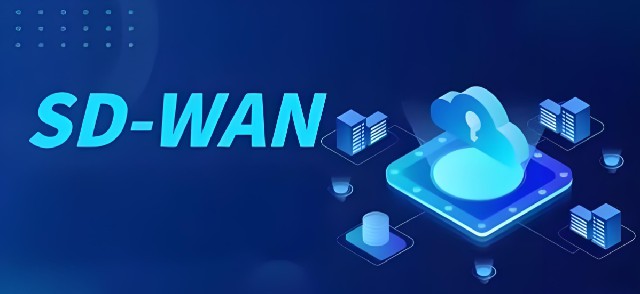Global IT supply chain
International transportation + IT O&M outsourcing + self-owned backbone network
SD-WAN (Software-Defined Wide Area Network) is an innovative network architecture that leverages virtualization technology to provide adaptive connectivity between enterprise branches and cloud services. The main functions of SD-WAN remote access include:

Network Optimization and Bandwidth Management
A key function of SD-WAN remote access is optimizing network performance. It intelligently identifies the importance of data flows and routes traffic through the best paths to enhance network efficiency and transmission speeds. Additionally, SD-WAN dynamically adjusts bandwidth allocation based on real-time network conditions, ensuring critical applications receive adequate bandwidth support.
Multi-Protocol Support and Compatibility
SD-WAN supports various protocols, such as IPsec, SSL VPN, SIP, and eSight, ensuring seamless remote access in diverse network environments. It requires minimal hardware, making it compatible with existing network infrastructure and reducing deployment costs.
Flexible Security Mechanisms
Security is a major challenge in remote access. SD-WAN incorporates multiple security features, including IPsec encryption, endpoint authentication, and multi-factor authentication, ensuring secure data transmission. It also integrates with third-party security solutions, such as firewalls, intrusion detection systems (IDS), and intrusion prevention systems (IPS), to further enhance network security.
Real-Time Monitoring and Automated Management
SD-WAN offers real-time monitoring capabilities to track network conditions, traffic distribution, and performance metrics. With automated management, SD-WAN quickly responds to network changes, adjusting routing strategies to ensure continuous and stable service.
Scalability and Upgradability
As businesses grow, the demand for remote access increases. SD-WAN’s virtualization technology allows for easy expansion of network capacity to meet new demands. Its software-defined nature simplifies upgrades and maintenance, reducing operational costs.
Ease of Deployment and Management
Deploying and managing SD-WAN is relatively straightforward, requiring no major overhaul of existing network infrastructure. Virtualized devices can be deployed at branch locations to enable remote access. Cloud-based management systems significantly reduce operational complexity.
Cost Reduction
Compared to traditional WANs, SD-WAN reduces reliance on dedicated lines, lowering network construction costs for enterprises. Additionally, SD-WAN’s automated management capabilities lead to lower operational costs.
Improved User Experience
By optimizing network performance and providing stable connections, SD-WAN enhances the user experience of remote access. Users can enjoy high-quality network connections and consistent service, regardless of their location.
In conclusion, SD-WAN remote access integrates multiple functions to provide a stable, efficient, and secure remote access solution for enterprises and users. As virtualization and cloud computing technologies evolve, SD-WAN will continue to play a crucial role in supporting enterprise digital transformation. For related services, feel free to consult Ogcloud!

International transportation + IT O&M outsourcing + self-owned backbone network

Cellular chips + overseas GPS + global acceleration network

Overseas server room nodes + dedicated lines + global acceleration network

Global acceleration network + self-developed patented technology + easy linking

Global Acceleration Network + Global Multi-Node + Cloud Network Integration


